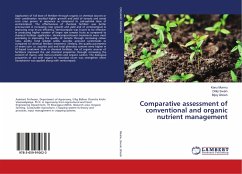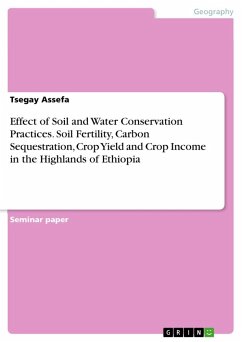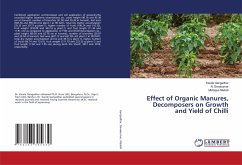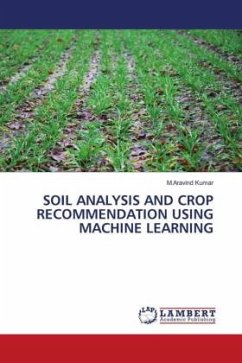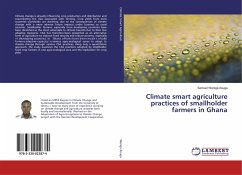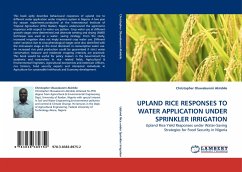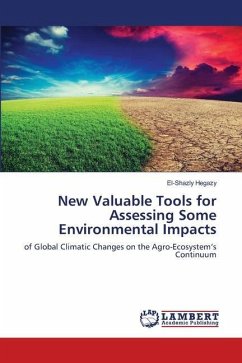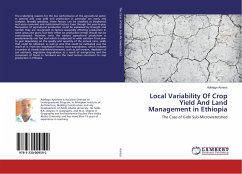
Local Variability Of Crop Yield And Land Management in Ethiopia
The Case of Gido Sub-Microwatershed
Versandkostenfrei!
Versandfertig in 6-10 Tagen
37,99 €
inkl. MwSt.

PAYBACK Punkte
19 °P sammeln!
The underlying reasons for the low performance of the agricultural sector in general and crop yield and production in particular are many and complex. Broadly speaking, these factors can be classified as biophysical and socio economic and institutional factors. Even though the year-to-year fluctuation of agricultural production could be explained by drought and rainfall, they are recognized as factors seasonally affecting production in some areas and years, but their effect on production trends should not be overestimated. However, since the nations agricultural production is predominantly rai...
The underlying reasons for the low performance of the agricultural sector in general and crop yield and production in particular are many and complex. Broadly speaking, these factors can be classified as biophysical and socio economic and institutional factors. Even though the year-to-year fluctuation of agricultural production could be explained by drought and rainfall, they are recognized as factors seasonally affecting production in some areas and years, but their effect on production trends should not be overestimated. However, since the nations agricultural production is predominantly rain fed and which is subjected to wide variation from year to year depending on the quality and quantity of the annual rains, yields that could be obtained, as well as area that could be cultivated was the result of it. From the biophysical factors, land degradation, which includes a number of closely interlinked processes, such as soil erosion, depletion of soil nutrients, vegetative degradation as a result of overgrazing and the conversion of forest to farmland are the most serious constraint to crop production in Ethiopia.




